What Are Carding Bins (for Those Who Already Know)
Carding bins are the skeleton keys to the fraud matrix. BIN stands for Bank Identification Number—those first 6 digits that tell you everything about the card: bank, type, country, and often the weakness. But forget the Wikipedia BS—what matters here is how you flip ‘em right and how to stay one move ahead of the patch game.
High-Value BIN Traits (What Hits in 2025)
Not all carding bins are created equal. The gold-standard bins in the game today share these traits:
- **High approval rate** on checkout pages (no 3DS redirect)
- **No VBV / No 3D Secure** protections enabled
- Issued by banks with weak fraud detection AI
- Attached to debit cards with loose CVV validation
- Work smoothly on Shopify, Stripe, and Apple Pay gateways
Top Carding BIN Ranges to Watch
Here’s what’s currently running fire in the field:
- 414720 – US Chase Debit (no 3DS, low decline ratio)
- 552284 – UK Prepaid Mastercard (reloadable, no name match)
- 406564 – Canada TD Bank Visa Debit (clean authorizations, low friction)
- 601100 – Discover Classic BIN (hit and run approved, perfect for ticketing)
- 553188 – Brazil Itau Gold (dangerous combo: weak 3DS + international routing)
Step-by-Step: Running Carding Bins Without Getting Burned
Step 1: BIN Validation Before the Swipe
- Use BinCheck.io or Karbo BIN Tools to confirm card country, level, and brand
- Cross-match with your store’s geo-restrictions
- Always verify card level (Gold/Business cards have higher limits)
Step 2: Setup a Proxy-Perfect Chain
Sloppy ops get caught. Here’s how your proxy stack should look:
- Start with a SOCKS5 from the same country as the BIN
- Use a clean browser fingerprint—Multilogin or Ghost Browser
- Run on a virtual isolated environment (VM or RDP)
Step 3: Format the Card Info Right
Most cards should be formatted like this for tools or autoshops:
414720xxxxxxxxxx|xx|20xx|123|John Doe|123 Main St|Los Angeles|CA|90001|US
- Match billing ZIP with IP location
- Keep names simple—avoid known fraud flags like “Mike Smith” or “Joe King”
Step 4: Don’t Reuse Carding Bins Blindly
Here’s what separates a sniper from a spammer:
- One card per target store per drop
- Rotate BINs every 24-48 hours depending on success rate
- Track dead bins—never loop back
- Use private Telegram bots to auto-check live status
Advanced Carding BIN Combos
If you’re scaling ops, here’s where shit gets surgical.
- US Debit BIN + Shopify Dropshipping: Auto-approve, fast clears
- UK Prepaid + Streaming Subs: Perfect for Netflix, Disney+, OnlyFans cracks
- EU BIN + Fake Booking Sites: For PPD refund scams and accommodation laundering
- BRL BIN + Crypto Exchanges: Hit Binance P2P, Paxful, or Quidax with direct in-out
Tools to Automate Carding Bin Checks
Don’t manually check 1000+ combos like it’s 2015. Automate it:
- BinGrabber Pro – Bulk scrape + validate BINs from dumps
- LiveChecker.py – Python script to check BINs against store checkouts
- CardGen with BIN Rules – Auto generate numbers from hot BINs
Final Words: You Only Run Hot Once
Remember—carding bins are like blades. The sharper you play, the faster they dull. Don’t chase “infinite use.” Aim for precision hits, fast burn, instant dump.
One BIN = One score. Don’t recycle. Don’t post public. Don’t flex on Telegram.
Stay dark. Stay rotating. Stay off radar.


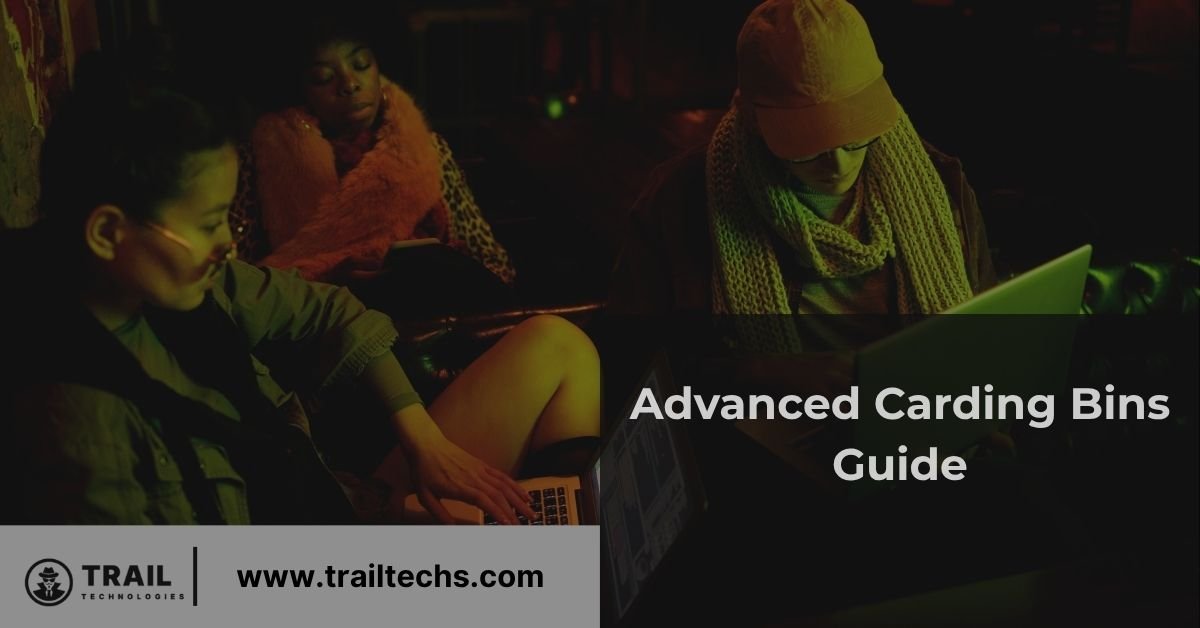





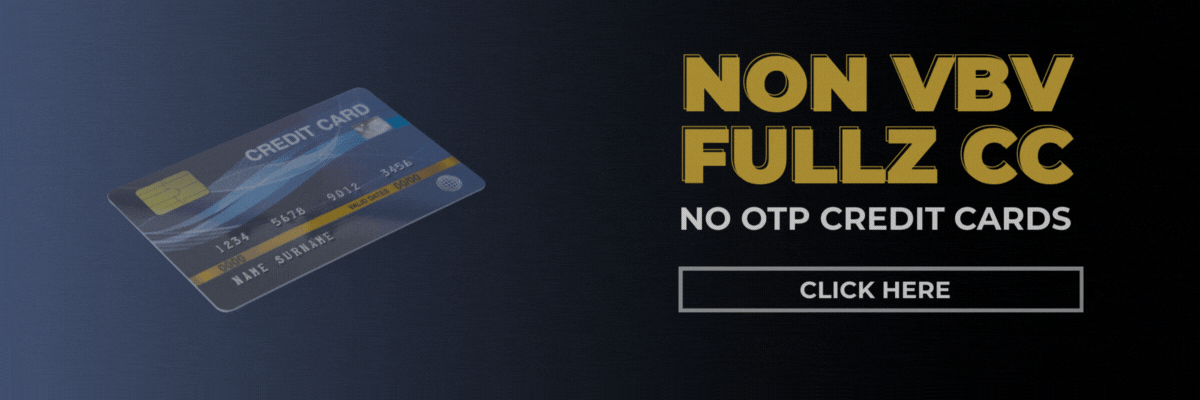




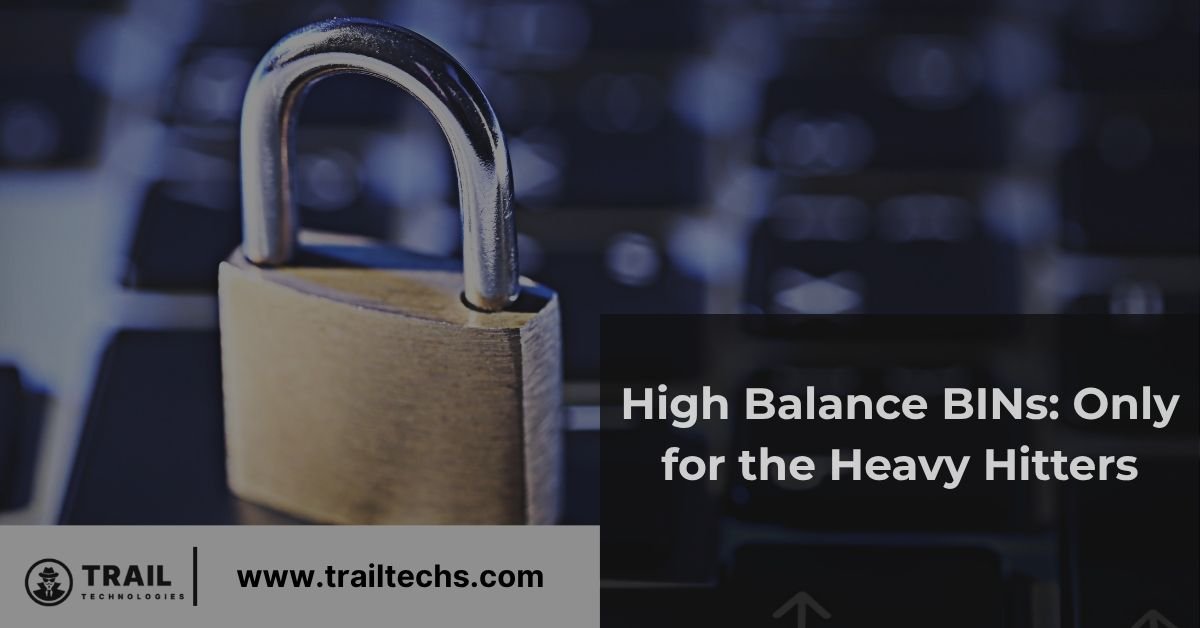
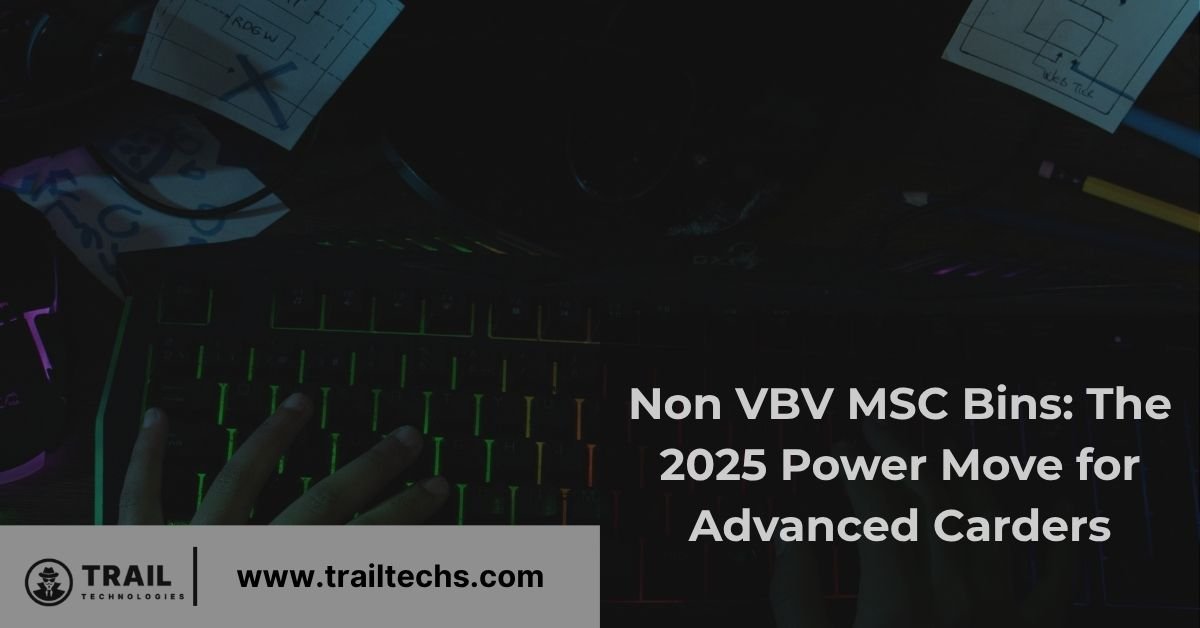
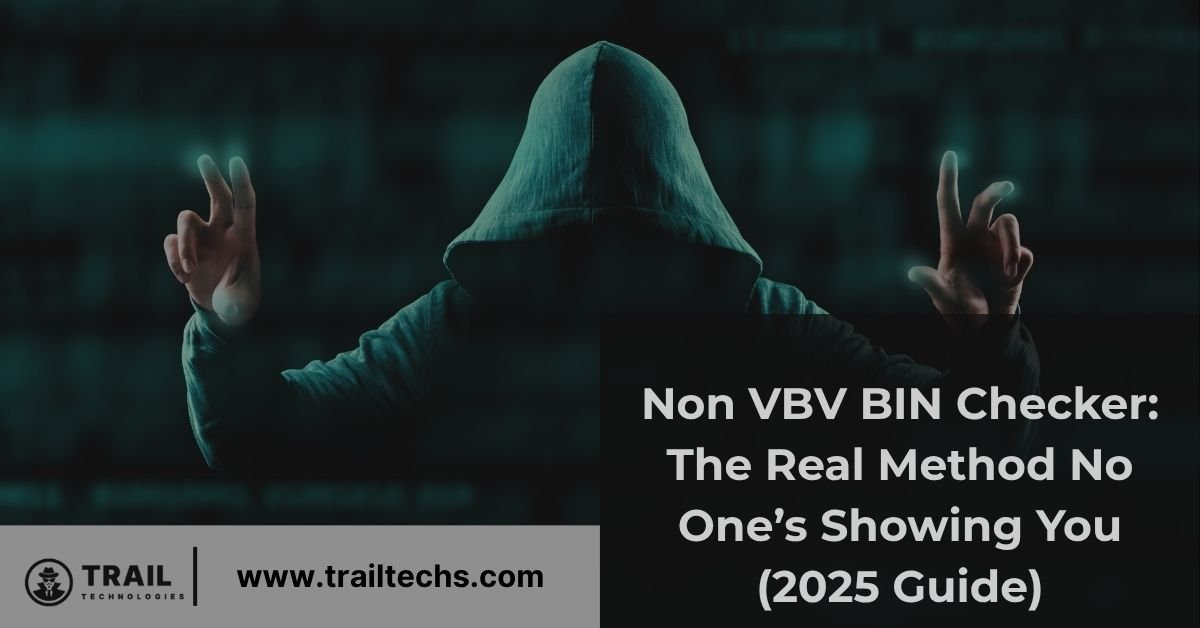
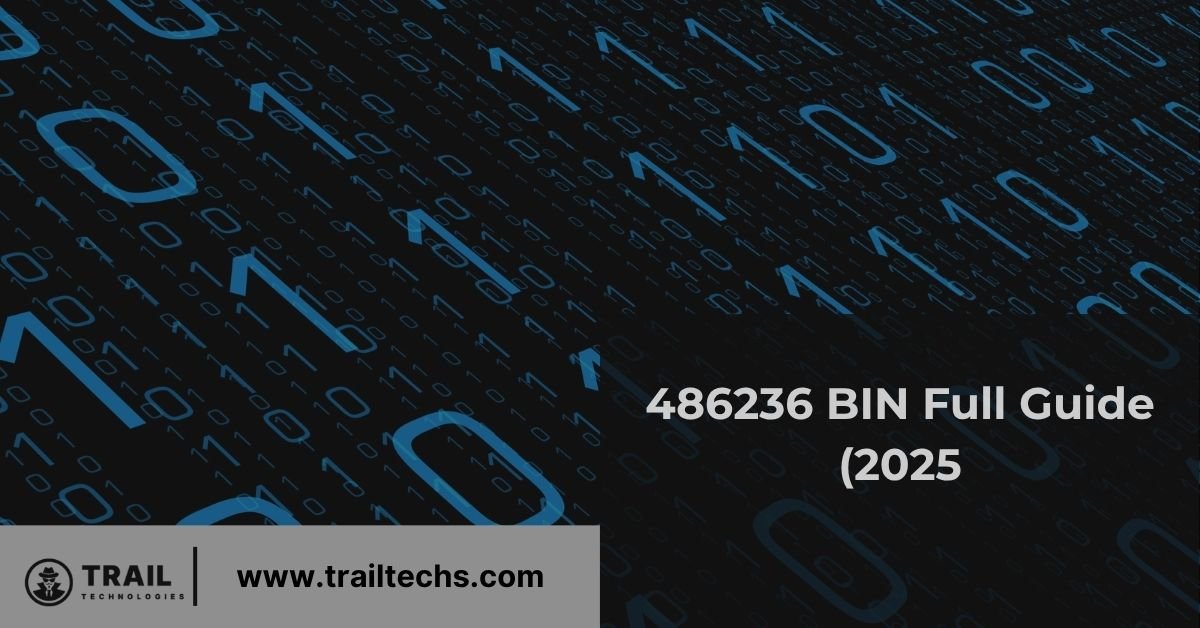

Leave a comment